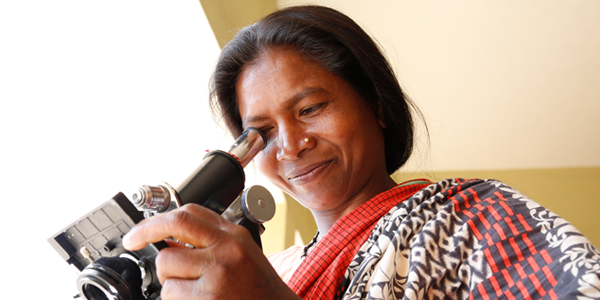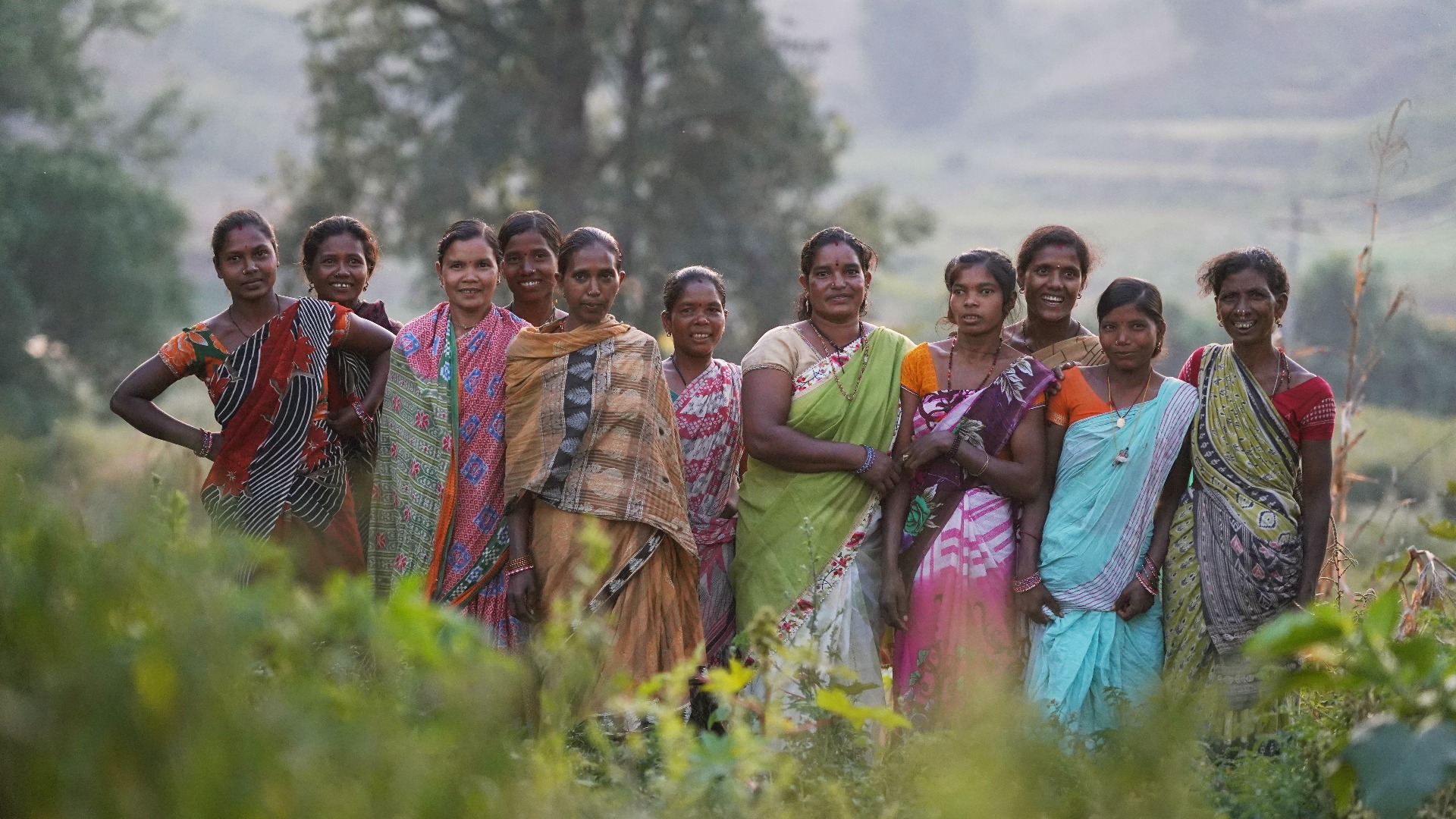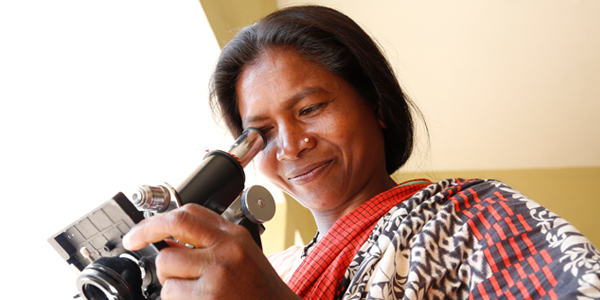WHO WE ARE /
OUR JOURNEY
Our journey with “Kondha community”
In the culture of indigenous people across the world humans are deeply connected with nature; the two are equal and interdependent, even kin. Many other indigenous peoples around the world share this intimate relationship with their lands and the natural world. They regard nature with deep respect, and they have a strong sense of place and belonging. Kondhs are one of the indigenous communities in the southern region of Odisha.Their culture and way of life, evolved through an intimate interface with their natural environment, stand in stark contrast to that of the dominant mainstream.In many ways, Kondh society is based on an ecological awareness in tune with long-term sustainability, worked out in extensive systems of ecological knowledge. Their mode of production links people with the land , forest, mountains, rivers , seeds .The life of Kondhs is still predominantly non-monetized . What is remarkable is not just about the non-monetary systems by which the “economy” –is organised and run, but the communitarian and nature-centric ethos that underpins the economy of the Kondhs.The principle of saving up and acquiring private property as security for the future or old age is not seen in the Kondh community. Life is built around the knowledge and security that the villagers will certainly take care of a fellow community person in times of need. When women go to the forest to gather fruits and bring them back, all children in the village have access to the same, and not just the children of a particular household from where the mother brought back forest fruits, for example. “A child in a house is the child of the entire community”, is the philosophy put into action.
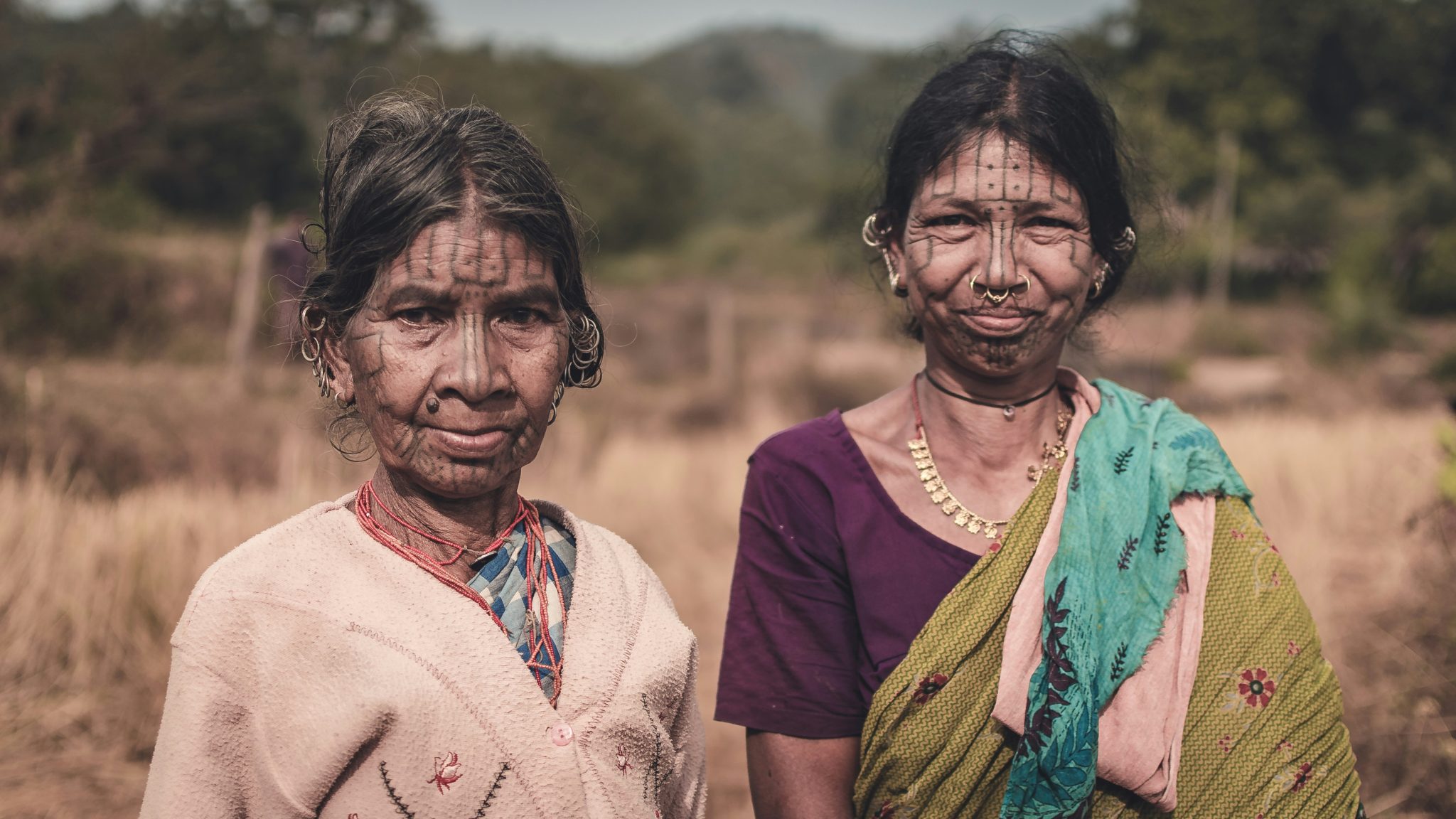
The traditional food system of Kondhs encapsulates ecological realities, their identity, knowledge systems, social meanings, health, nutrition and economies. Production practices are grounded in ecological principles like sustaining life of crops and the soil, recycling nutrients, sustaining biodiversity and conserving energy. They practice mixed or poly-cultural farming with numerous food crops growing in tandem. This practice helps in improving soil health, as carefully planted legume nitrogen fixing plants (such as beans) accompany a crop of maize. As one crop uses soil nutrients, the legume crop replenishes them, ensuring soil fertility is maintained. They grow their food by integrating exchange of labour, seeds, skills, services and counsel one another on decisions related to growing and/or collecting food. They collect varieties of foods- edible leaves, fruits, berries, flowers, seeds, stems, tubers/roots, and mushrooms from forest etc. Some are exclusively famine foods , some are seasonal , some are occasional , some are collected routinely as a staple and some may be delicacies . They provide a vital safety net against increasing crop failures caused by climate change, erratic rainfall, and mounting ecological degradation, including water scarcity, and depleted soils.In recent years the traditional self-reliant agriculture of Kondhs has been encountering threats from various external circumstances. The implementation of green revolution kind of agriculture in the name of modernization is characterized by unwanted, imposition of alien agricultural technology, replacement of traditional by ‘high yielding’ hybrid varieties of seeds, increase of land under cash crops, growth of commercial mono-cultural plantations, which has endangered the farms and forests of the adivasis. The intrusion has impacted their culture governing agriculture replacing sustenance by extraction, and replacing shared spaces with atomization.

They have been witnessing threats to their other shared spaces as well as articulated by women in one of the reflection sessions in November 2017.“ The way we build our homes is a reflection of our community spirit. We help each other to collect materials from the forest and construct our homes with adjoining walls and facing each other in rows so we could interact and see each other”. In the Kondh community, the traditional structure of the village is itself a symbol and expression of solidarity. They build their houses in rows placed alongside each other, with each house sharing a common wall with the adjacent house. One single roof-ridge was maintained along the whole row of houses, which essentially gave the notion of one single home that was shared by the village. Each family builds their home with their own hands, in collaboration with the community. The internal solidarity in the building of every home developed the local knowledge and skills. Various problems that arose with the advent of time and changes in the environment were addressed and solved locally by the community.
The community is being forced to increase their dependence on cash largely owing to the increased health and school related expenditures, while in others, there is an increase in cultivation of cash crops and horticultural produce. According to women their need for money some years ago was only for a few essentials such as cloth, salt, oil, marriages, community festivals, etc. In pregnancy and childbirth adivasi women are being encouraged to deliver in government hospitals. It means that traditional midwives have been replaced, local health traditions and knowledge systems getting delegitimized by the public health system. The adivasi women have also shared their experiences neglect , abuse and humiliation at hospitals by medical staff owing to their social location and civilizational perceptions of them being under-developed and primitive. The Kondh women share a sharp understanding of their changing society, culture and their natural environment. They find the conceptualization and implementation of many of the schemes and developmental plans have been at odds with their way of life .It has been impacting their communitarian way of living.They are resisting this attempt. They are critically aware that resistance is crucial, but it is not enough.
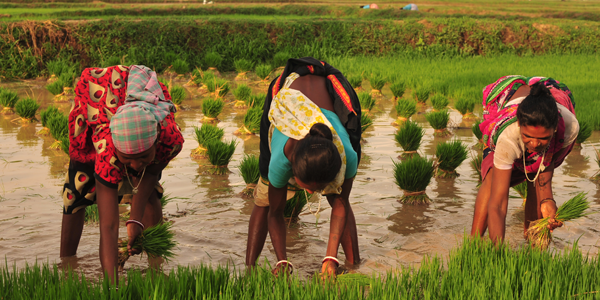
The community is being forced to increase their dependence on cash largely owing to the increased health and school related expenditures, while in others, there is an increase in cultivation of cash crops and horticultural produce. According to women their need for money some years ago was only for a few essentials such as cloth, salt, oil, marriages, community festivals, etc. In pregnancy and childbirth adivasi women are being encouraged to deliver in government hospitals. It means that traditional midwives have been replaced, local health traditions and knowledge systems getting delegitimized by the public health system. The adivasi women have also shared their experiences neglect , abuse and humiliation at hospitals by medical staff owing to their social location and civilizational perceptions of them being under-developed and primitive. The Kondh women share a sharp understanding of their changing society, culture and their natural environment. They find the conceptualization and implementation of many of the schemes and developmental plans have been at odds with their way of life .It has been impacting their communitarian way of living.They are resisting this attempt. They are critically aware that resistance is crucial, but it is not enough. They need to evolve their own narratives based on self-reliance and self-governance as the onslaught by different ‘development’ interventions continues.Acts of resistance and regeneration offer hope.
